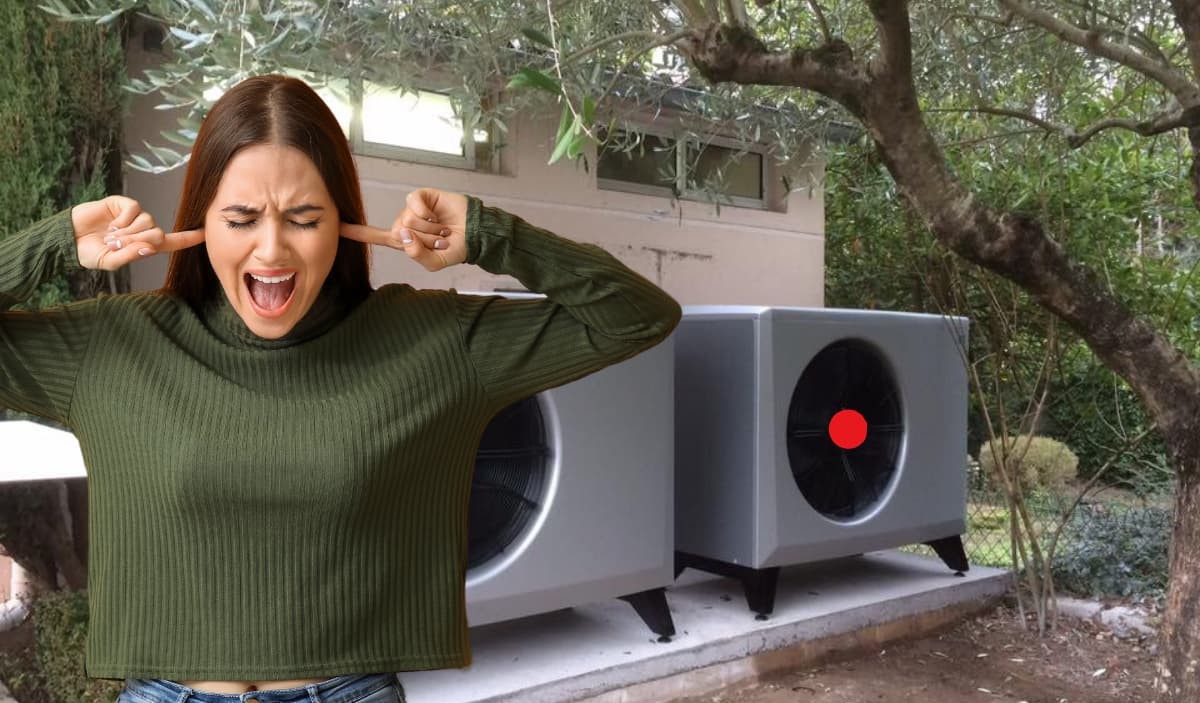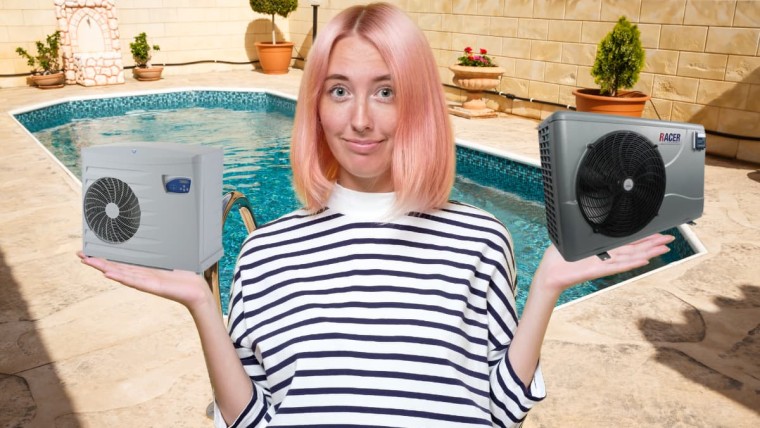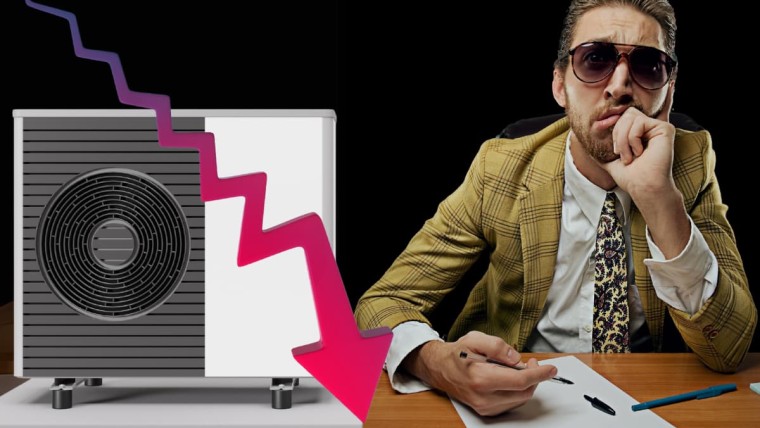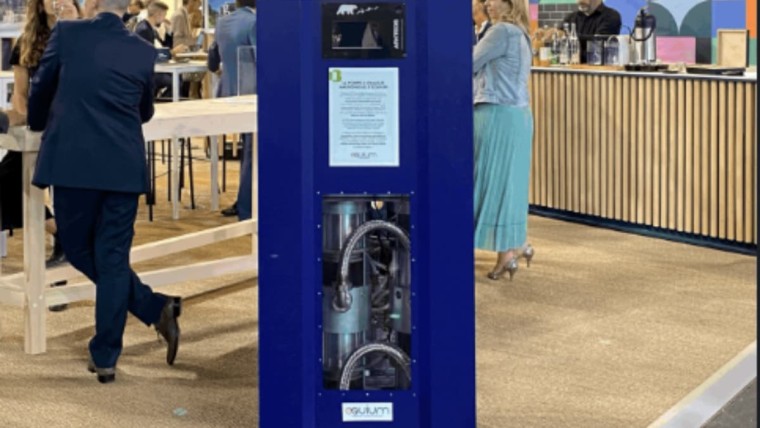Heat pumps are becoming increasingly popular thanks to their energy efficiency and low environmental impact.
However, they also the reputation of being noisyThis can be a nuisance for the occupants of the house and their neighbors.
In this article, I suggest 5 tips to reduce noise emitted by your heat pump, so you can take full advantage of its benefits without disturbing your peace of mind.
Understanding the sources of heat pump noise
The noise emitted by a heat pump generally comes from two sources:
- The compressorwhich creates vibrations during the cooling cycle;
- The ventilationwhich draws in and expels air to distribute heat or fresh air.
Noise emissions vary from one model to another. So, when buying your heat pump, pay close attention to the number of decibels produced, to help you choose the model that best suits your needs and expectations in terms of acoustic comfort.
If brands like Bosch, Daikin or NIBE are renowned for their silence, this is not the case with all the others, which may be cheaper.
Tip 1: Position your heat pump wisely
The first step in reducing heat pump noise is to choose your location carefully of the pump. As far as possible, avoid installing the pump close to the bedrooms and living areas of your own home or that of your nearest neighbors; prefer transition rooms such as the kitchen, bathroom or hallway.
If this is possible for you because your land allows it, install the heat pump far enough away at the bottom of a garden on a concrete slab.
Tip 2: Install anti-vibration mounts
To reduce compressor vibrations, which are responsible for some of the noise emitted by the heat pump, install special anti-vibration mounts also known as Big Foot or Rubber Foot. Available in a range of sizes and materials, these bindings dampen vibrations and limit the associated noise pollution.
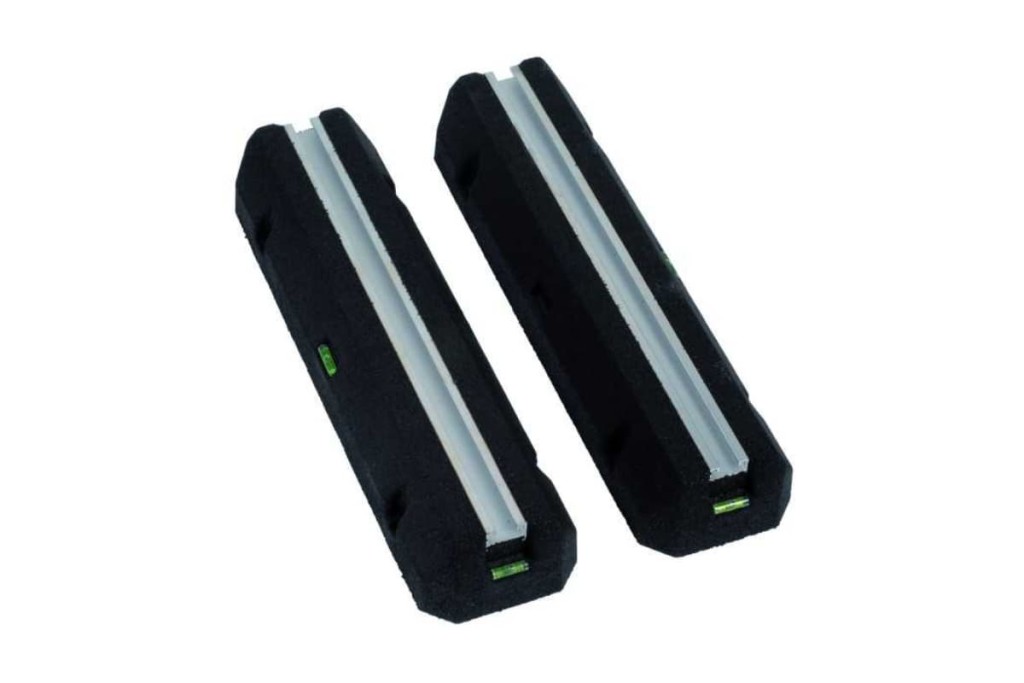
Tip no. 3: Fit the pump with an anti-noise silencer or enclosure
To directly attenuate the noise produced by the ventilation system, consider installing a silencer or sound insulation box around your heat pump. This device is generally available from your installer, and contributes effectively to limiting noise pollution associated with heat pump operation.
Tip 4: Replace the fan with a quieter model
If the fan on your heat pump is particularly noisy or showing signs of wear, it may be worthwhile to replace it with a newer, quieter model. Contact your installer to select the model best suited to your situation and minimize the noise impact of ventilation.
Tip no. 5: Comply with noise regulations
To preserve the peace and quiet of your neighbors and avoid conflicts, make sure you always comply with current noise emission standards, both inside and outside your home. Typical noise levels vary according to time of day and local regulations;
The text governing permissible noise is theArticle R1336-7 of the French Public Health Code. In particular, it states that :
- During the day (7 a.m. to 10 p.m.), heat pump noise must not exceed normal ambient noise by more than 5dBA.
- At night (10 p.m. to 7 a.m.), noise from the heat pump must not exceed the usual ambient night-time noise by more than 3dBA.
However, if the noise is of short duration, there is a certain tolerance that offers a few more decibels. For example, if the noise lasts less than 5 minutes, we can add 6dBA to the limit. above, day or night. If, on the other hand, the noise lasts 8 hours or more, the values are indeed those stated above, without tolerance.
Noise from heat pumps should not be an obstacle to their adoption as an ecological and economical solution for heating or cooling your home. By implementing the various tips suggested in this article, you can benefit from all the advantages offered by your heat pump, while preserving your acoustic comfort and that of those around you.

Julien G.
Juliena mechanical engineering graduate and specialist in climate engineering since 2009, has become a writer specializing in renewable energies, with expertise in heat pumps and photovoltaic solar panels for individual housing.
See all articles by this author
